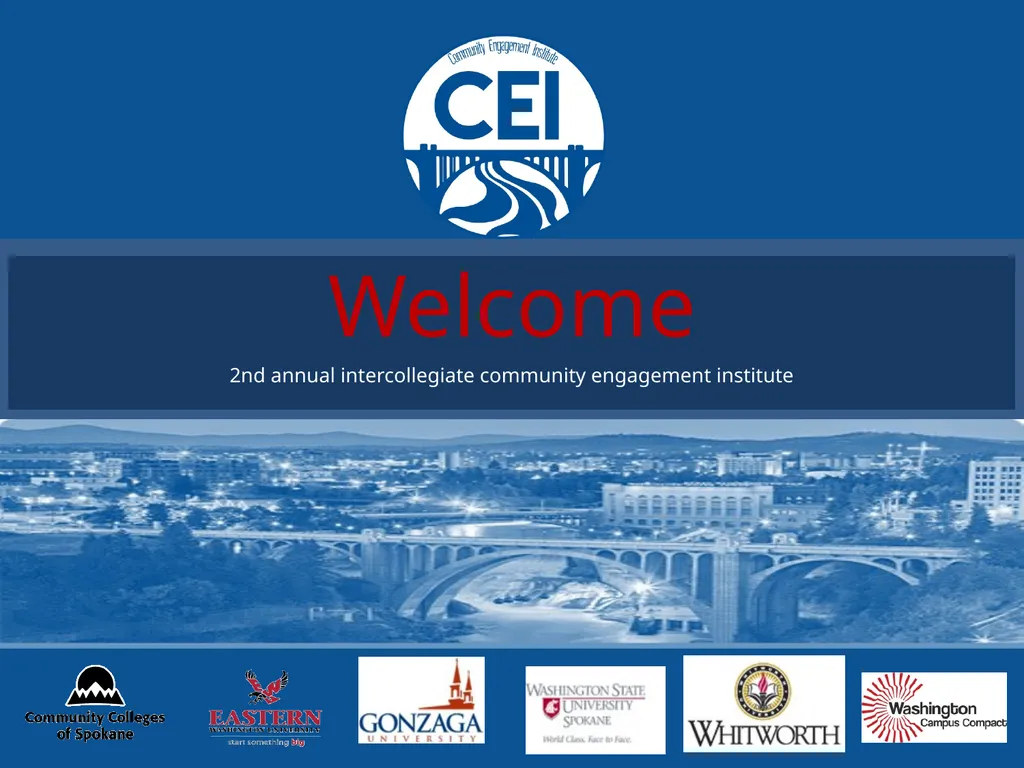
Community Engaged Scholarship The Basics Ross
Author: pasty-toler | Published: 2025-05-29
Description: Community Engaged Scholarship The Basics Ross Brooke Watts, Director of the Dornsife Center for Community Engagement, Whitworth University Session goals To place CES in the context of a larger body of literature examining how universities
Download Presentation
Download the PPT/PDF: Download
Transcript:
Loading transcript…